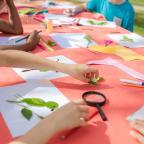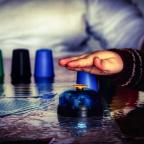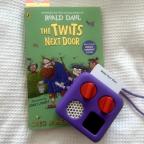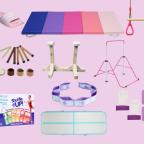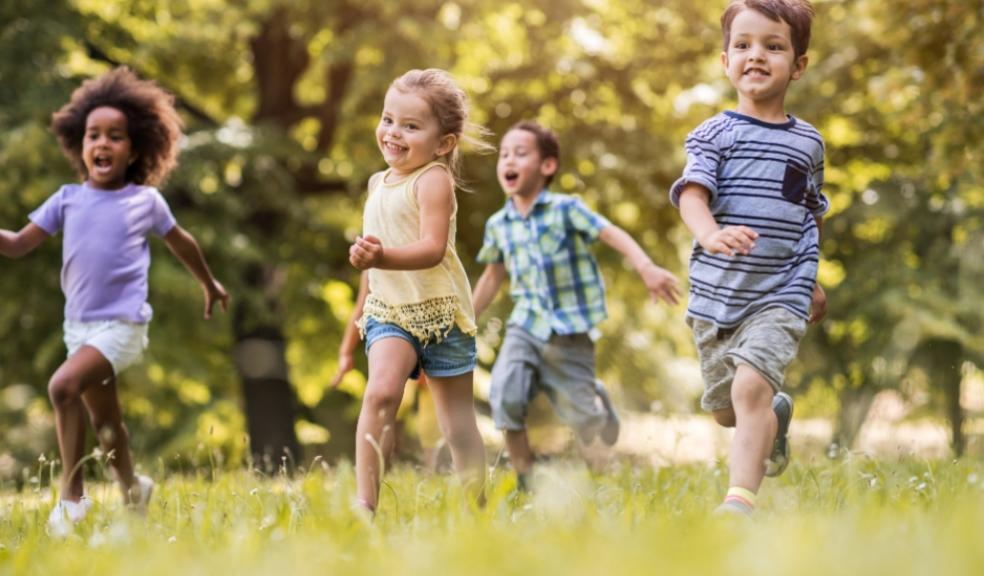
Six sustainable activities for kids this summer
Taking care of our world is a big issue – one that involves young and old alike. Introducing children to fun, sustainable activities can help them understand how to care for the planet – without them even realising that they’re learning!
From an early age, kids are taught about sustainability issues like plastic waste, pollution, animal conservation and recycling at school and in the community. Feed their curiosity this summer with a range of sustainable activities that are as fun as they are educational.
We’ve put together our six favourite fun sustainability activities for kids that’ll keep them busy learning through play during the long summer months…
1) Create a cardboard city
Shoeboxes, cereal boxes, delivery boxes – cardboard makes its way into our homes in many boxy forms, and luckily, it’s easy to recycle. But before you break up those boxes, wait – you could find another use for them in the form of a cardboard city.
Just like plastic playsets with buildings, tracks and roads, a cardboard city can be a fun, imaginative way to play. It’s also ideal for teaching kids to become more resourceful and to waste less.
You’ll need a good range of cardboard to get creative, as well as glue (check out our recipe for homemade glue below) and some paint or crayons to add colour. From houses and bridges to traffic lights and even animals, there’s loads you can make from cast-off cardboard – have a look at these amazing examples of cardboard cities for inspiration.
2) Build a nest
Birds are fascinating creatures and their different songs, colours and sizes can be interesting talking points with children.
A fun sustainable activity for learning more about birds is having a go at building a nest. Head out on a nature walk, listen to the birdsong and collect items you think birds might like to use to build their nests.
It’s an opportunity to think about how the birds will want to feel safe, warm and comfortable – just like we do in our homes – so you might collect twigs, dried grass and leaves, and soft bits and bobs like moss or feathers.
Weave the twigs together (great for working on those fine motor skills) and pad out the structure with the softer materials. You might decide to glue it together or leave the nest as it is. Position it in a tree and a grateful bird might just take up home in your creation!
3) Make your own glue for crafts
Making use of what’s already at home can help children learn that it’s not always necessary to buy things – instead, we can live within our means by making some things ourselves.
By making your own glue at home, there’s no need to spend any money – and there are no toxic chemicals to contend with, either.
Kids use a lot of glue – typically made from a cocktail of chemicals – in craft activities. Follow the method below to make your own glue that’s completely safe and can last for months.
To make the glue, you’ll need a cup of flour, 1.5 cups of water, a third of a cup of sugar and a teaspoon of vinegar. Combine the flour and sugar in a saucepan, add half the water and mix into a paste. Gradually add the rest of the water, mixing all the time to prevent lumps, then add the vinegar.
Heat the mixture on medium until it thickens, allow to cool and transfer to a jar. The glue can be used right away, and any leftovers can be stored in the fridge for around six months – how many craft activities can you complete in that time?!
4) Play nature bingo
Summer is the perfect time to get outside and enjoy the warm weather. It’s also a busy time for wildlife, with flowers in bloom and bees humming as they go about their business.
Spending time out in nature is beneficial in loads of ways. It’s relaxing, interesting, and an opportunity to teach little ones about the wildlife around them. Fun sustainability activities you can enjoy outdoors this summer include playing a game or two of nature bingo.
Just like the regular game, nature bingo centres around a card split into sections. Instead of numbers, each section is filled with words or pictures of something you might see out on your nature walk: trees, flowers, a ladybird, a bee, a butterfly – things like that.
You can be as specific as you like, which can make the game more of a challenge for older kids – tasks like finding a leaf from an oak tree, for example. It’s also a good opportunity to talk about what’s safe to touch outdoors, what to do when you find discarded rubbish (safe to pick up and take away or not?), and how ecosystems support not only wildlife, but us humans, too.
5) Make musical instruments
Raining outside? If you’re spending a wet afternoon indoors, keep the kids entertained by making your own musical instruments. There are lots of different instruments you can make at home, but a couple of the easiest are lolly stick harmonicas and cardboard rain sticks.
To make a harmonica, you’ll just need two wooden lolly sticks, two rubber bands, two toothpicks cut to the width of the lolly stick and some paper. Here’s a tutorial to make life a bit easier!
To make a rain stick, decorate a strong cardboard tube of any size – make it as colourful as you like! Next, cut out a small piece of thick paper and attach it to one end of the stick with a rubber band. Fill the rain stick with dried beans, rice or whatever else you have to hand, and close up the other end of the stick with paper and a rubber band.
Tilt the stick to listen to the contents fall like rain, and spend some time talking about the rain and why it’s so important. Or, talk about the cultural origins of rain sticks and why they were so important to the people who used them.
6) Get creative and grow
Growing your own flowers, plants, fruit or veggies is a fun sustainability activity for kids, helping them understand how to cultivate and care for nature, learn about the different parts of a plant and how they grow, and take pride in their achievements.
There are plenty of creative ways to grow something from seed – one of which is to use an old CD case to create a ‘SeeD’. All you need to grow your own seeds in a CD case is a little soil and water, a cup and an elastic band.
Choose any seeds you like – grass seeds, squash seeds and bean seeds are all great options. Soak your seeds in water for a day beforehand to help them grow faster. When you’re ready to get started, put some soil into the cup and dampen with water.
Open out your CD case (make sure you’ve removed the contents!) and position it vertically. Fill one half of the case up to a third with soil and place the seeds evenly throughout. Add a bit more water and close the case so that the hinge is at the top.
Use an elastic band to hold the SeeD case closed and position it on a sunny window sill or in another area where it’ll get a good dose of sunlight. If the soil looks dry, lay the case flat, remove the elastic band and give it a bit of water before returning it to its sunny spot. Between seven and ten days later you should see your seeds start to sprout!
Had a go? Let us know!
Did you have a go at any of our fun sustainability activities for kids?
Sustainability is our mission here at Brand Threads – we plant a tree for every order we receive and all of our adults’ and kids’ character clothing is made with respect for people and the planet. You can find out more about how sustainability is at the heart of everything we do here.
In the meantime, give this post a share and see who you can inspire to be more sustainable this summer!
Article credit - Brand Threads, a sustainable character clothing company that caters to both kids and adults.
July 26, 2021 by bethadamson

